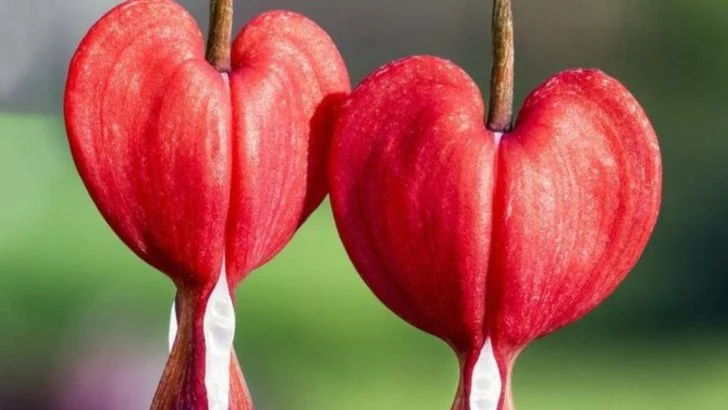Plant lovers know that greenery can brighten up a room — but some plants do more than just look good. They come with names so odd, clever, or downright hilarious, you’ll remember them forever. From Mother-in-Law’s Tongue to Bleeding Heart and Devil’s Backbone, these plants turn heads before you even see them.
Some names are inspired by folklore, others by strange shapes, colors, or even behavior. Whether you’re looking to expand your collection or just need a laugh, this list will leave you wondering who came up with these names — and why they stuck.
Ready to meet the most unforgettable plants you’ll want to tell your friends about? Let’s dive in.
Corpse Flower
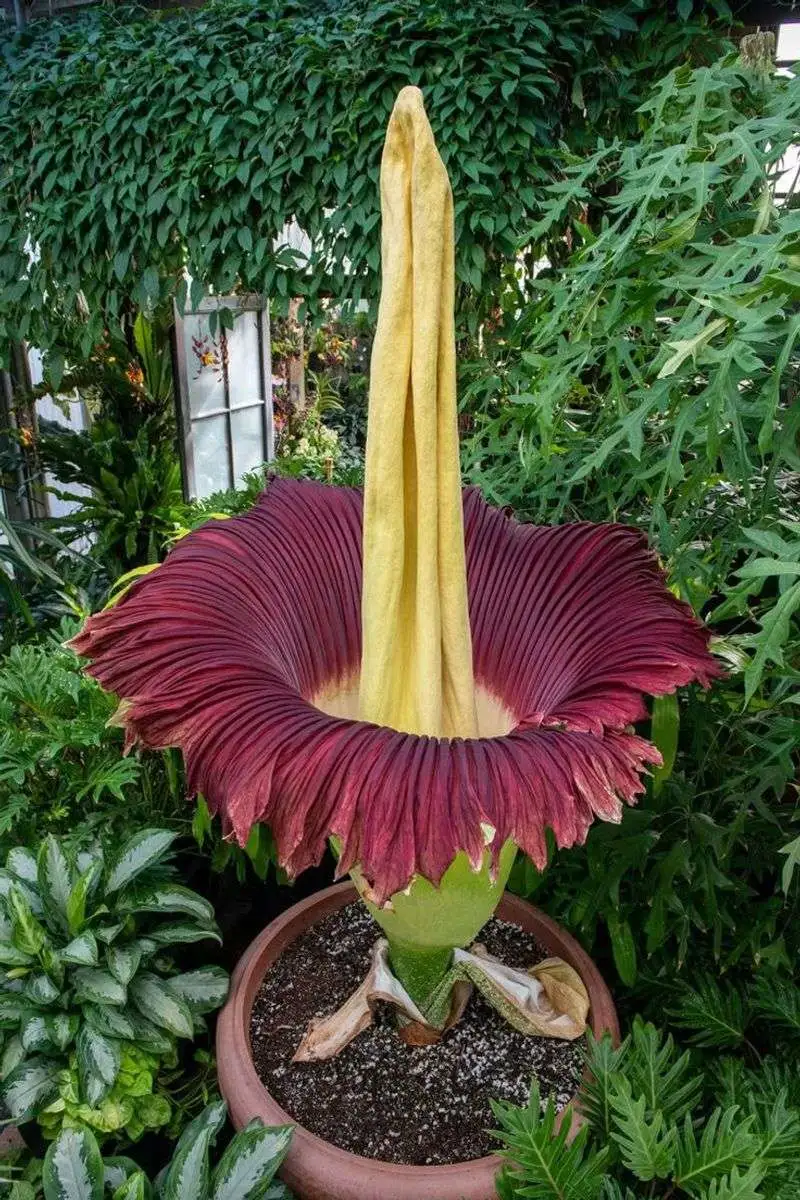
The infamous corpse flower is not shy about attracting attention. Known scientifically as Amorphophallus titanum, it emits a strong odor reminiscent of rotting flesh when it blooms—a natural strategy to attract pollinators. This olfactory spectacle makes it a curious attraction in botanical gardens worldwide. Its colossal size and the rarity of its blooming event add to its allure, drawing plant enthusiasts from far and wide. Did you know the bloom can reach over 10 feet? Despite the smell, its sheer grandeur is an impressive feat of nature’s design.
Sensitive Plant
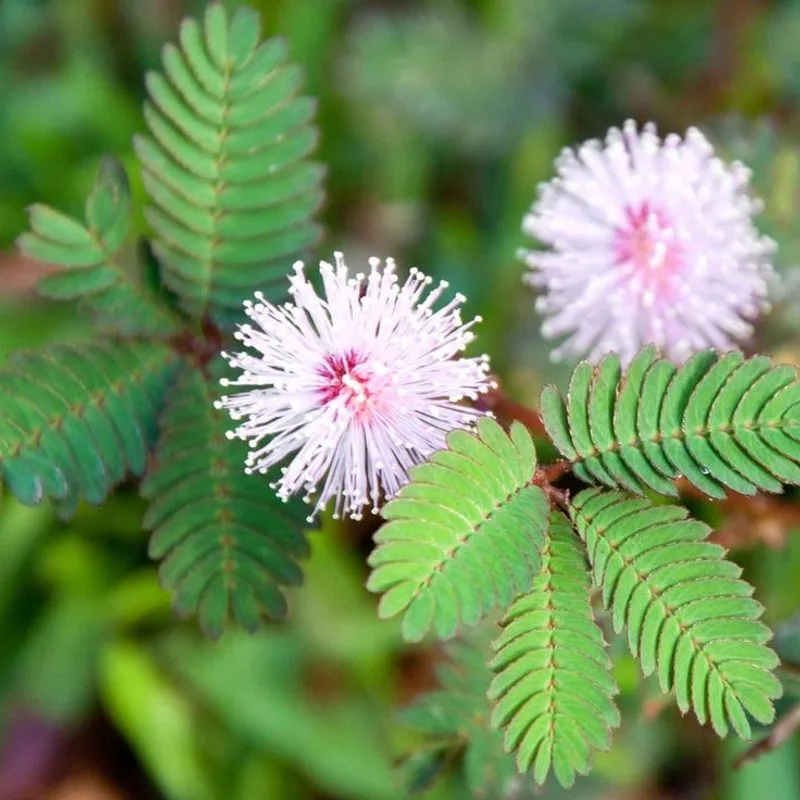
Mimosa pudica, affectionately known as the sensitive plant, brings a touch of whimsy to any space. With leaves that fold inward when touched, it’s a living reaction that fascinates both children and adults alike. This shy response is not only a defensive mechanism but also a fascinating demonstration of plant behavior. Often used in educational settings, it captivates with its gentle movements. Originally hailing from Central and South America, it has made its way into homes worldwide, adding an interactive element to indoor gardens.
Kangaroo Paw
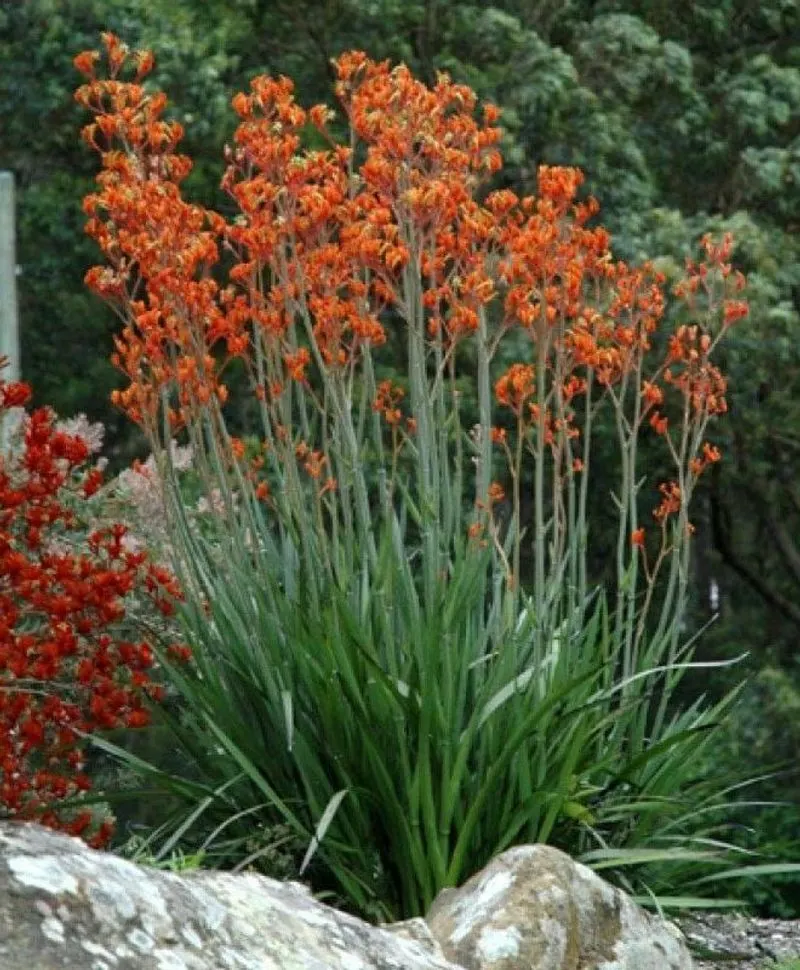
Named for its striking resemblance to a kangaroo’s paw, this plant is a true Australian native. The Anigozanthos genus is celebrated for its vibrant and fuzzy tubular flowers, which are a favorite among nectar-loving birds. Its distinctive appearance makes it a quirky addition to gardens, providing texture and color. These plants thrive in sunny, well-drained conditions, reflecting the harsh yet beautiful environment of their homeland. Whether in a garden or a bouquet, kangaroo paws bring a piece of the Australian landscape to life.
Bleeding Heart
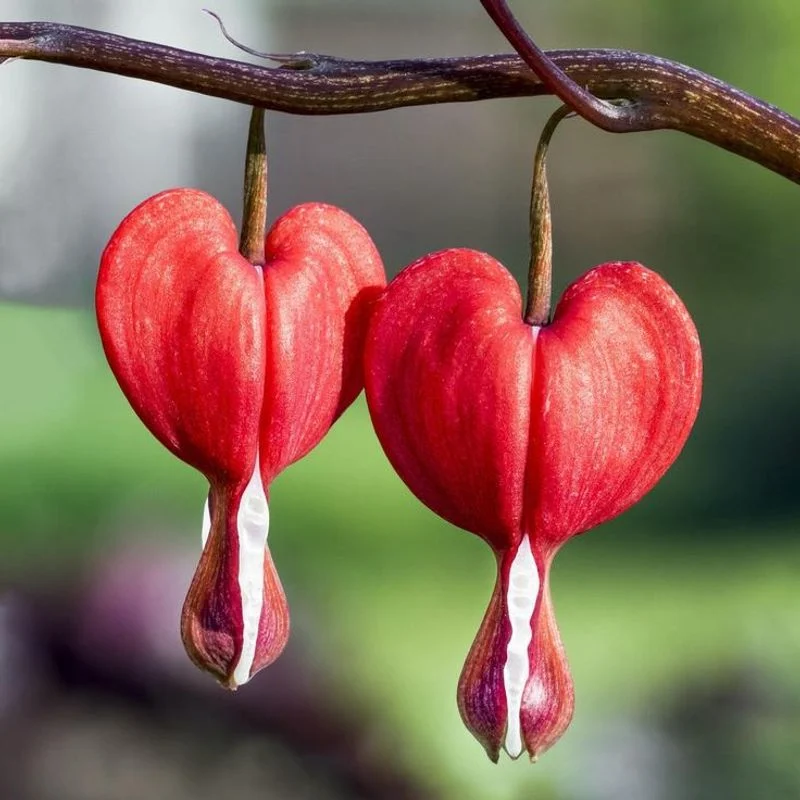
Dicentra spectabilis, commonly known as the bleeding heart, enchants with its romantic, heart-shaped blooms that appear to drip from arching stems. This perennial favorite adds a touch of ethereal beauty to shaded gardens. Its blooms, which resemble a heart with a drop of blood, tell tales of love and passion. With origins in the woodlands of Asia, it thrives in cool, moist environments. A timeless choice, it continues to inspire gardeners with its delicate form and captivating story behind its name.
Bird of Paradise
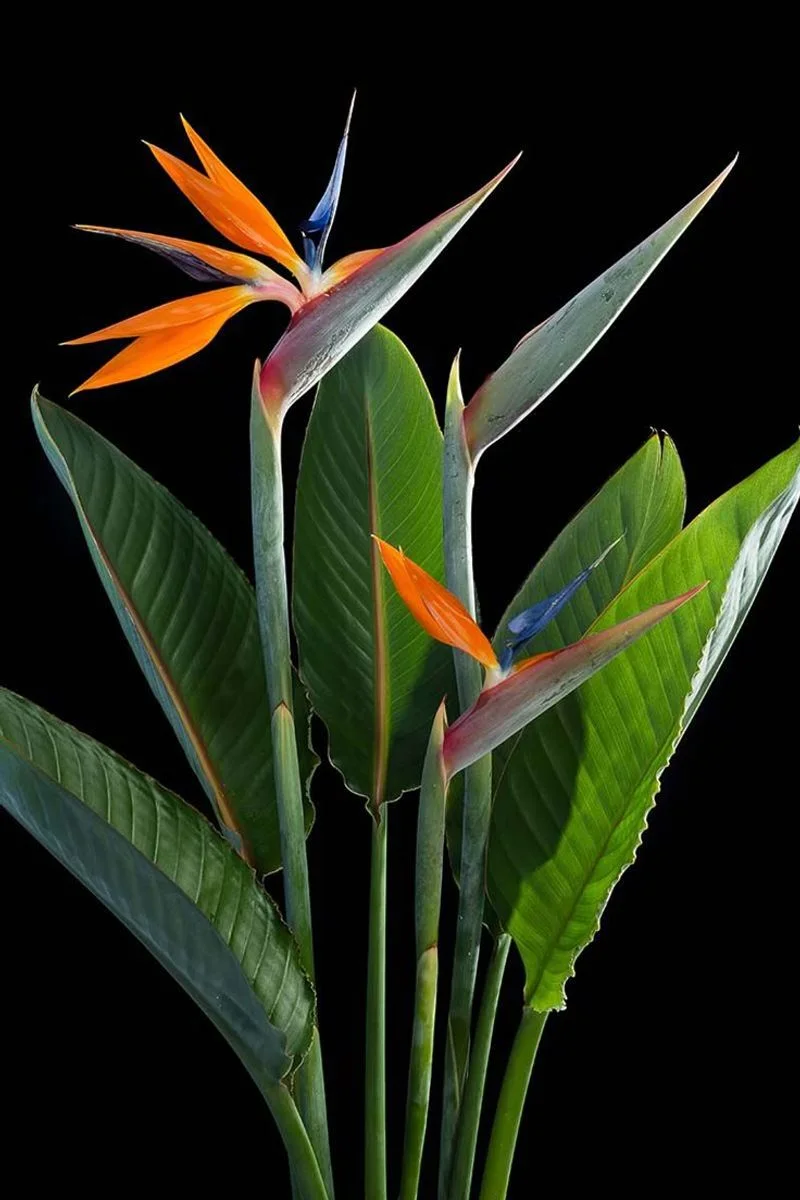
Strelitzia reginae, or bird of paradise, isn’t just a plant; it’s a spectacle. Its striking flowers, resembling a bird in flight, make it a standout in any garden or indoor space. Native to South Africa, this plant commands attention with its vibrant orange and blue petals. It thrives in well-drained soil and prefers sunny spots, making it ideal for brightening up spaces. The bird of paradise isn’t just about looks; it symbolizes joy and paradise, capturing the imagination of all who encounter it.
Devil’s Claw
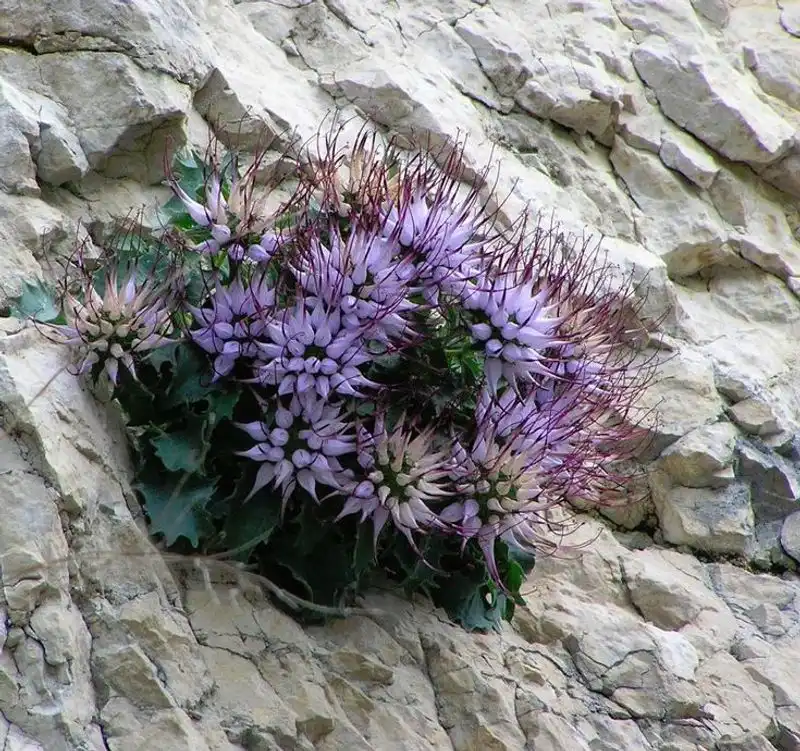
A name that conjures curiosity, devil’s claw is known for its peculiar seed pods that resemble a claw-like structure. Harpagophytum, its scientific name, is native to the arid regions of southern Africa. This plant has adapted to the harsh desert environment, using its clawed seeds to latch onto animals and disperse. Beyond its name and appearance, it holds medicinal properties used in traditional remedies. Its intriguing look and practical uses make it a plant of both form and function, bridging the gap between nature’s aesthetics and utility.
Honeysuckle
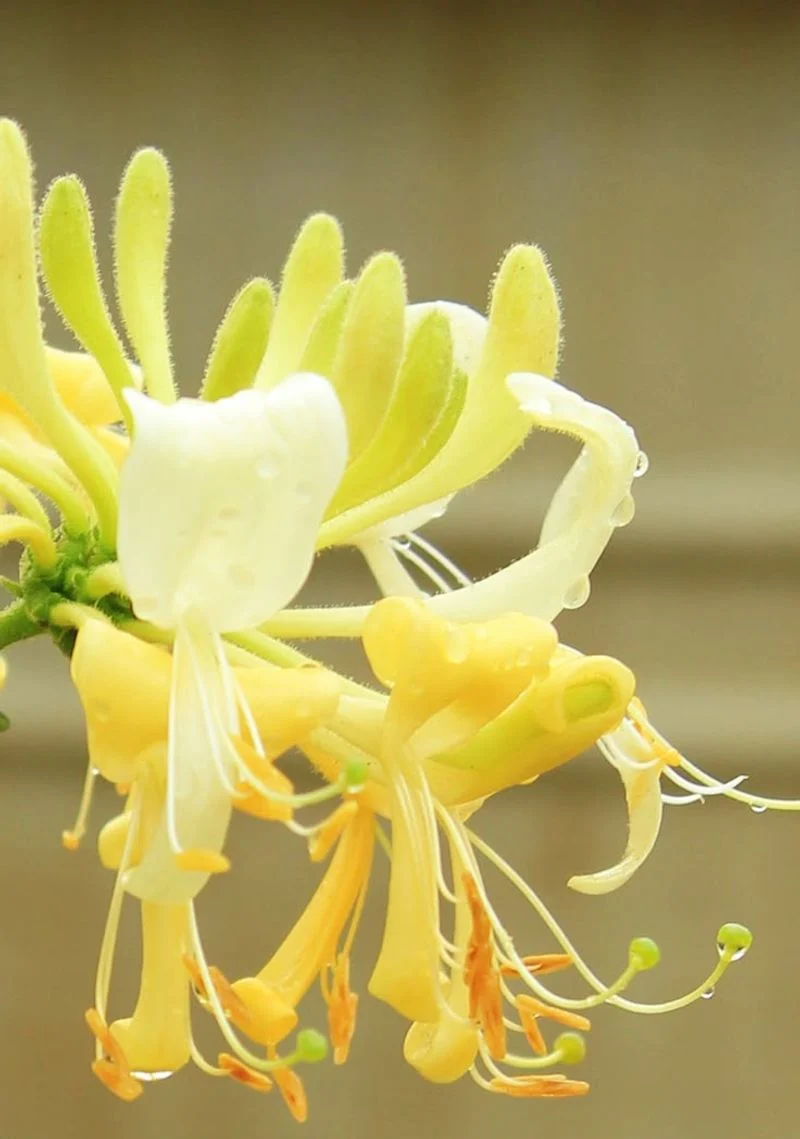
Lonicera, or honeysuckle, weaves a fragrant tapestry with its sweet-scented blooms and twining vines. This plant is beloved for its heady fragrance that perfumes summer evenings. Often found climbing over garden structures, it provides a lush, floral display. The tubular flowers are not just a delight for human senses; they attract pollinators like bees and hummingbirds, making gardens lively and vibrant. Beyond its beauty, honeysuckle is steeped in folklore, symbolizing devoted affection and the sweet bonds of love.
Cockscomb
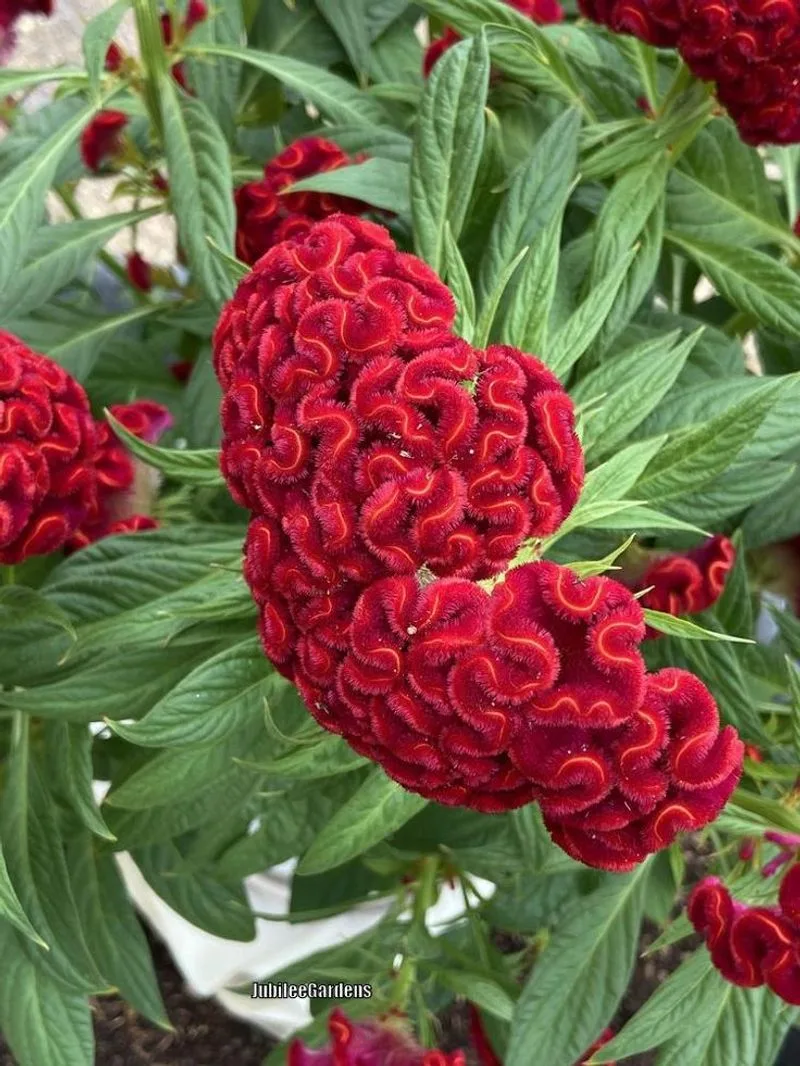
Celosia, commonly known as cockscomb, dazzles with its bold, textured blooms. The flower heads resemble a rooster’s comb, hence the name, and come in vivid colors such as red, yellow, and purple. This annual plant is not only a visual feast but also a symbol of boldness and courage in various cultures. Its unique appearance makes it a favorite in floral arrangements and gardens. Adaptable and resilient, cockscomb thrives in sunny spots, bringing color and life to any planting scheme.
Lamb’s Ear
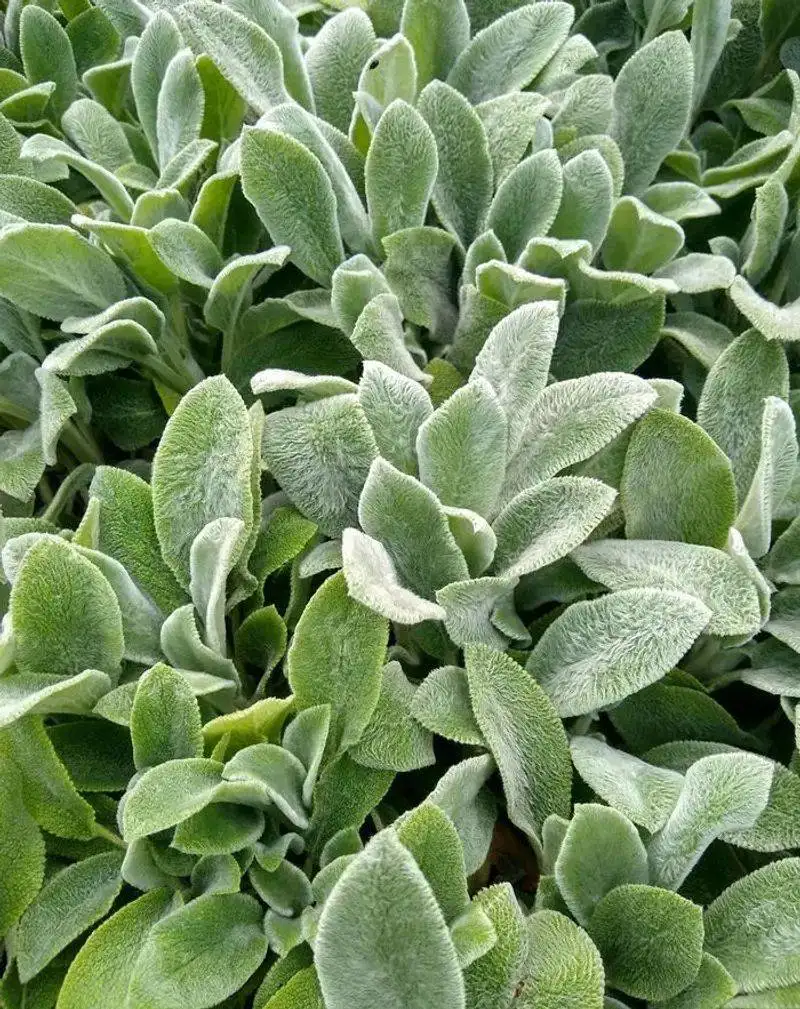
Stachys byzantina, affectionately called lamb’s ear, is cherished for its soft, fuzzy foliage. The silvery leaves mimic the texture of a lamb’s ear, providing a tactile experience that delights children and adults alike. Often used as a groundcover, it adds texture and contrast to garden beds. Besides its soothing texture, lamb’s ear is hardy and drought-resistant, making it a practical choice for low-maintenance gardens. Its gentle presence is a subtle nod to nature’s intricate designs and the joy of touch.
Dragon’s Blood Sedum
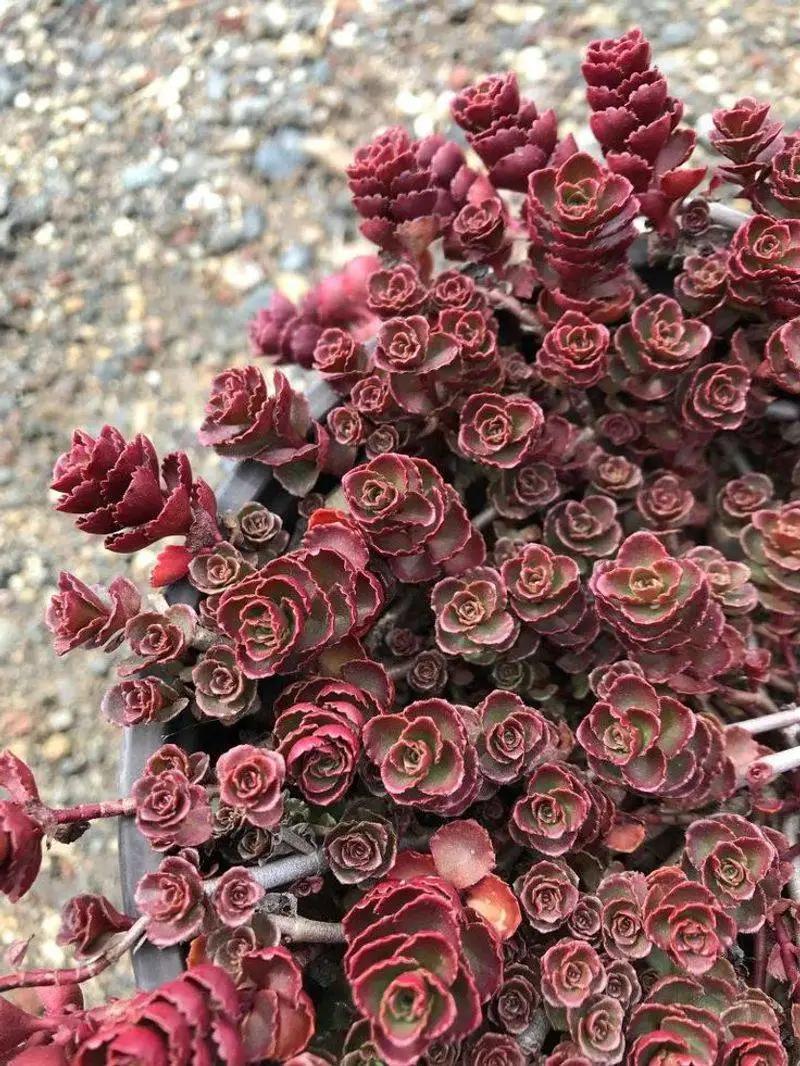
With a name as fierce as its appearance, dragon’s blood sedum captivates with its deep red foliage and vibrant pink blooms. This hardy succulent thrives in rocky soils and offers a striking contrast in any garden. Known for its drought tolerance, it’s a favorite among gardeners seeking low-maintenance yet visually impactful plants. The name stems from the rich, blood-red hue that the leaves take on during cooler months. Whether in a rock garden or as groundcover, it adds a fiery touch to landscapes.
Elephant Ear
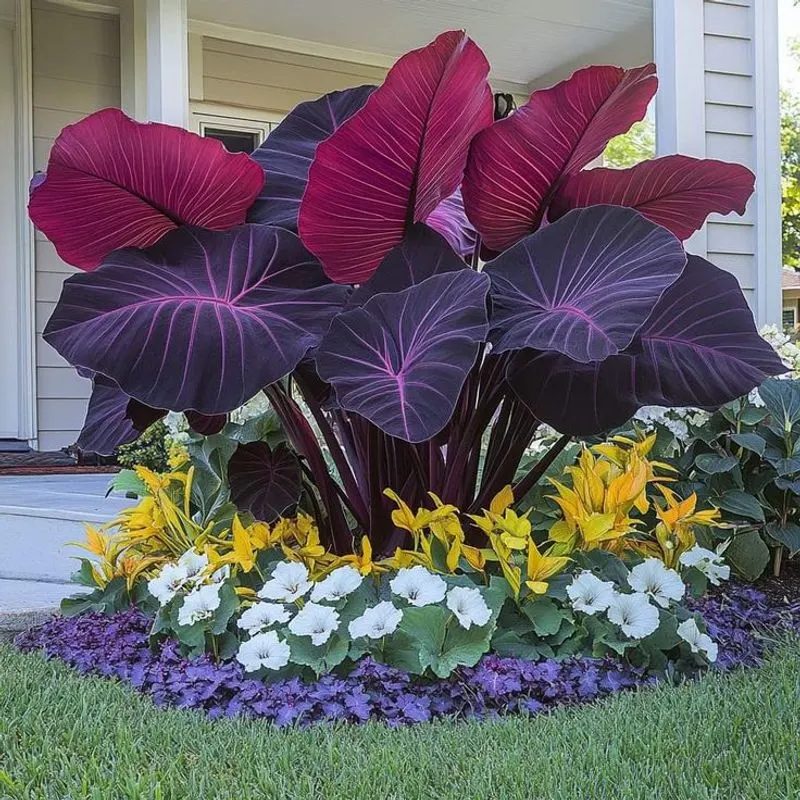
Colocasia, known as elephant ear, commands attention with its large, dramatic leaves. These tropical plants are often used as statement pieces in gardens, offering a bold and exotic feel. Their heart-shaped leaves can grow to impressive sizes, creating a canopy of lush greenery. Originally from Southeast Asia, elephant ears thrive in warm, humid climates and prefer rich, moist soil. Beyond their impressive size, they add a touch of the tropics to any landscape, transforming ordinary spaces into verdant retreats.
Ghost Plant
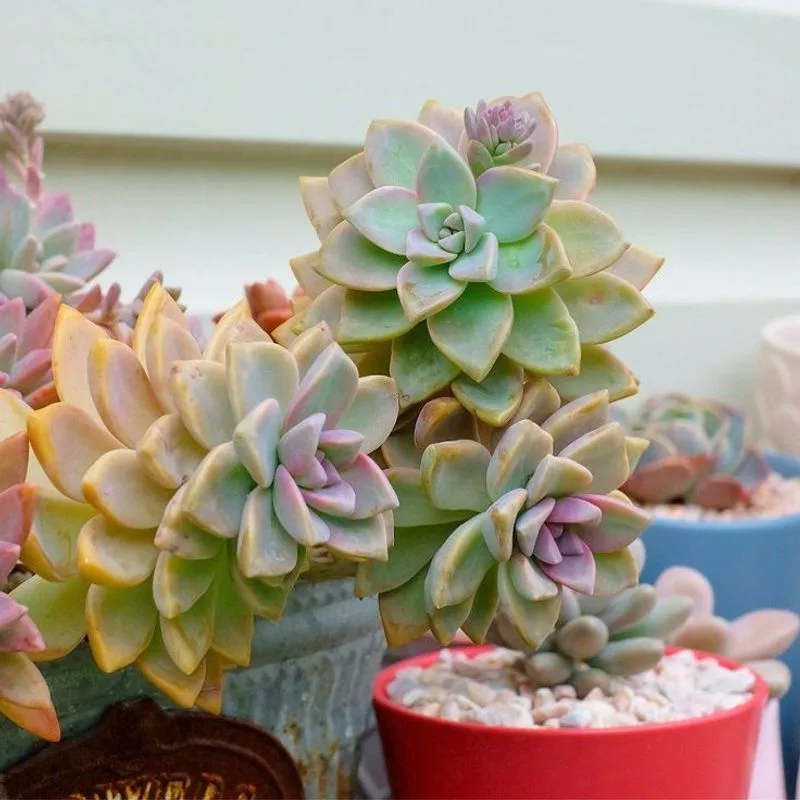
Graptopetalum paraguayense, or ghost plant, enchants with its ethereal, pale leaves that seem to glow in the sunlight. This succulent’s unique coloration ranges from silvery gray to a subtle pink, depending on sun exposure. Easy to care for, it thrives in well-drained soil and bright light, making it an excellent choice for both indoor and outdoor gardens. Its spectral appearance gives it a mystical quality, as if it belongs to a fairy tale. The ghost plant’s haunting beauty makes it a collector’s favorite.
Snake Plant
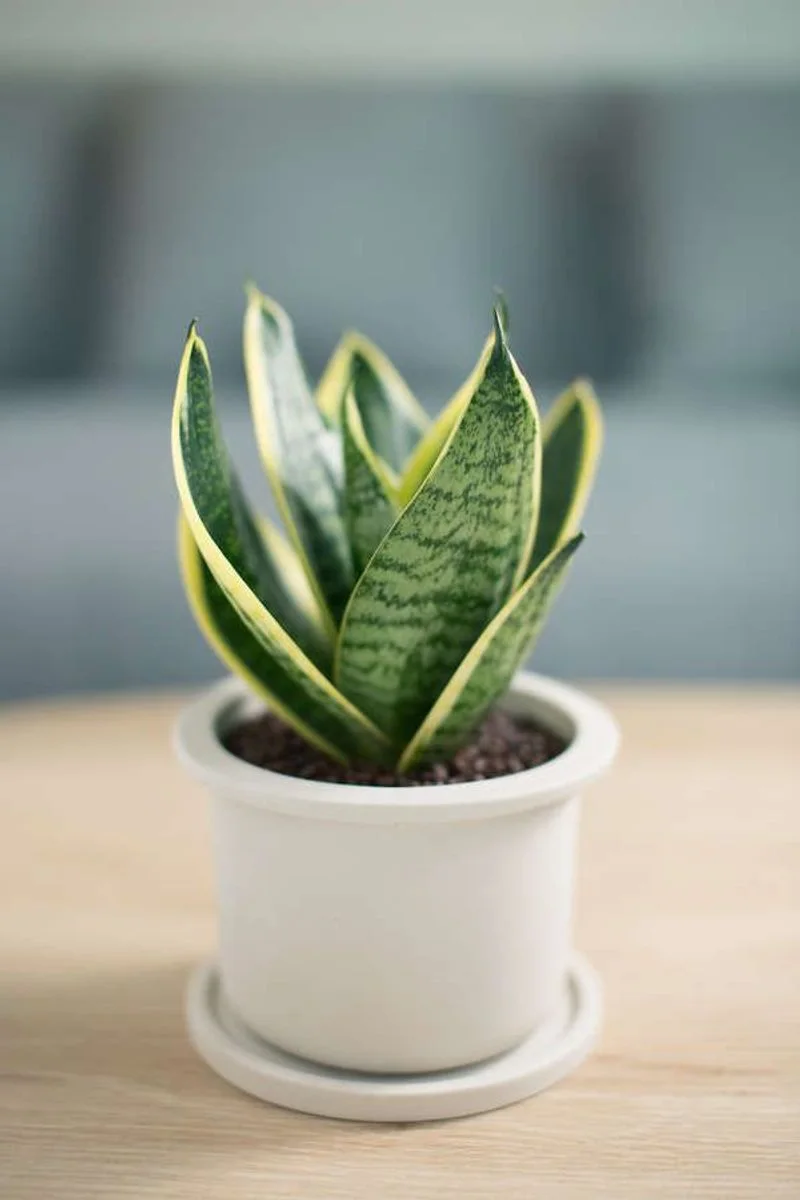
Sansevieria trifasciata, widely known as the snake plant, is a staple in modern interiors. Its upright, sword-like leaves feature striking green and yellow variegation. Known for its air-purifying qualities, it converts CO2 into oxygen, making it a healthy choice for homes. Low-maintenance and resilient, the snake plant thrives in a variety of conditions, from low light to bright, indirect sunlight. Its sleek form brings an architectural element to spaces, embodying both elegance and practicality.
Doll’s Eye
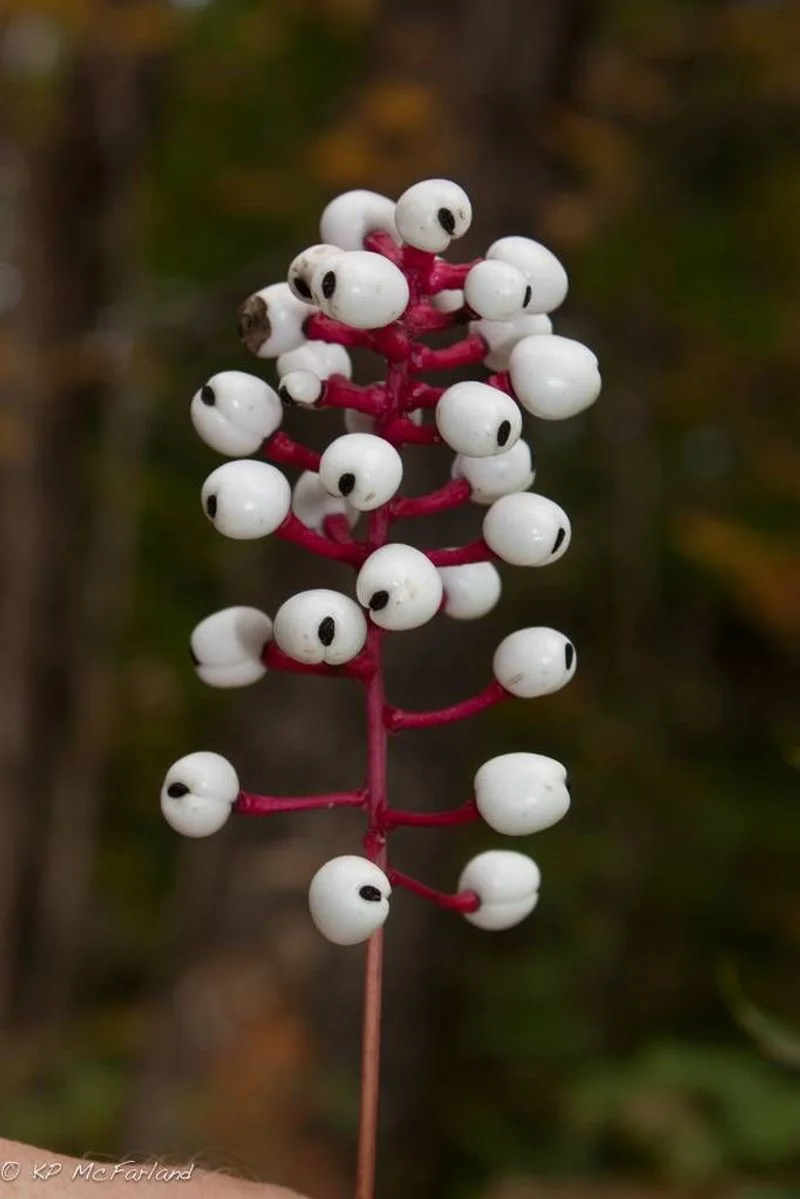
Actaea pachypoda, or doll’s eye, intrigues with its distinctive, eye-like berries. These white berries with black dots resemble traditional doll’s eyes, giving the plant an eerie yet captivating appearance. Native to North American woodlands, it prefers shady, moist environments. While its appearance is fascinating, it’s important to note that the berries are toxic and should not be ingested. The plant’s unique look makes it a standout in woodland gardens, offering a touch of mystery and intrigue.
Foxglove
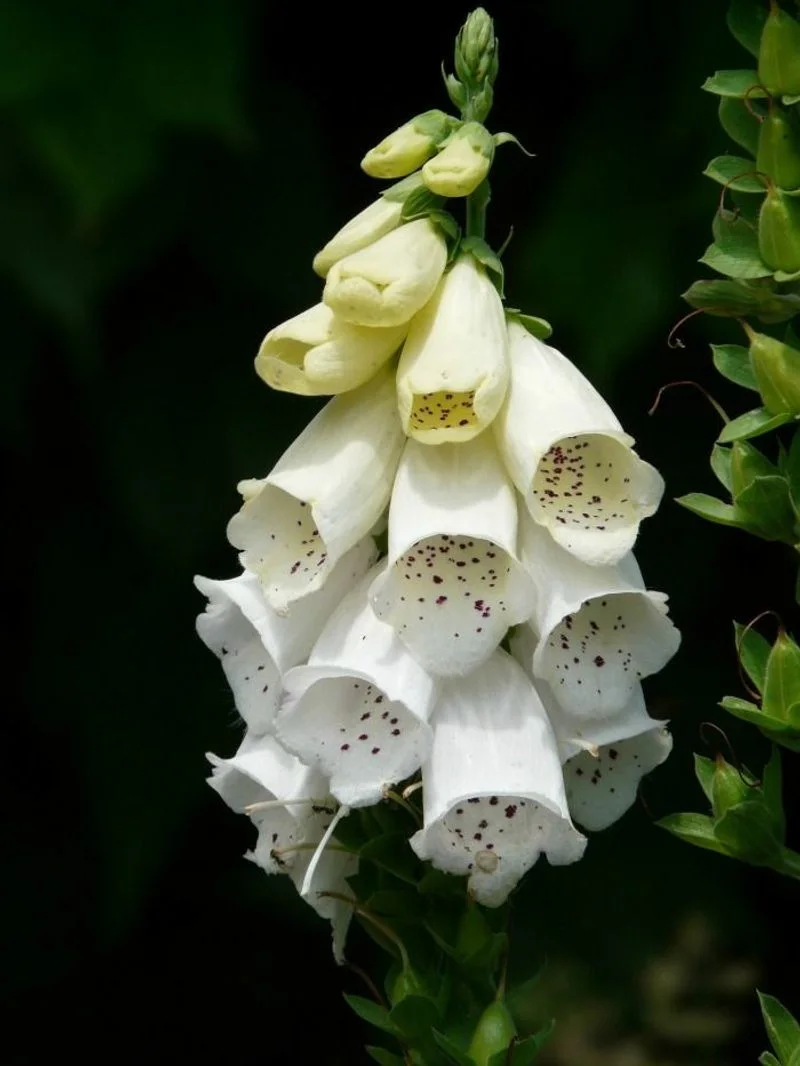
Digitalis purpurea, commonly known as foxglove, is a striking biennial plant that towers with spikes of tubular flowers. These blossoms, often in shades of purple, attract bees and hummingbirds. Historically, foxglove has been used in heart medication, though it requires careful handling due to its toxic nature. Its name is thought to derive from the appearance of its flowers, resembling the fingers of a glove. In gardens, foxglove adds verticality and a touch of the wild, embodying nature’s grace and danger.
Monkey Puzzle Tree
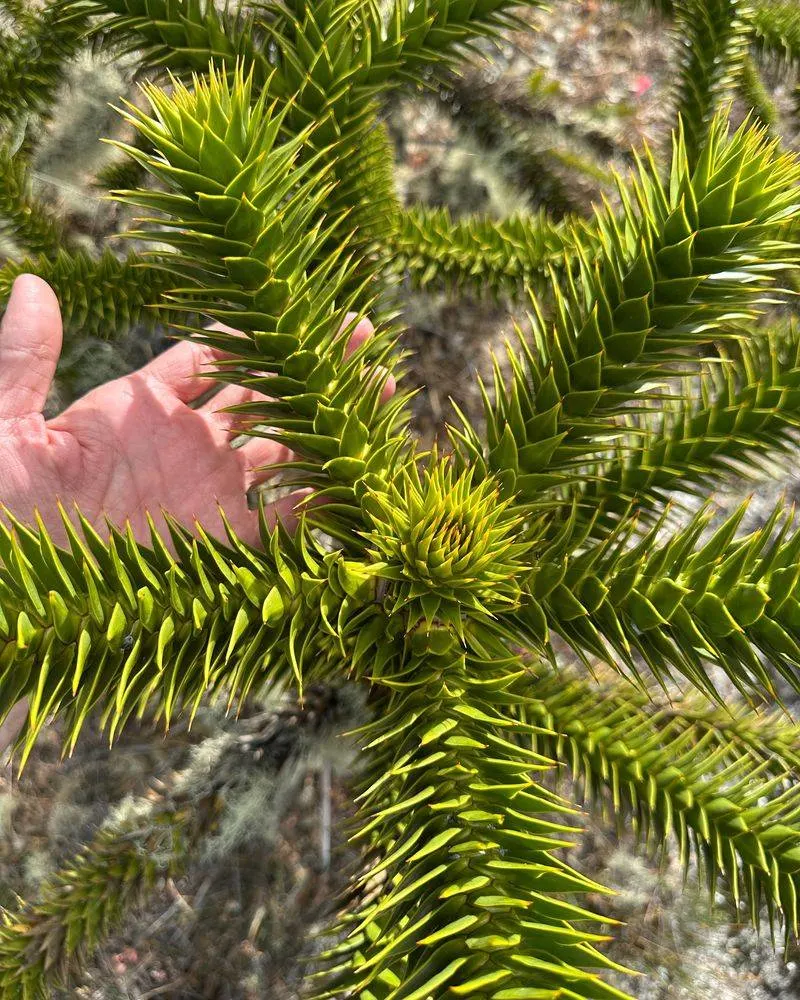
Araucaria araucana, or monkey puzzle tree, is a wonder of the plant kingdom. Its unique, spiraling branches and spiky leaves create a reptilian appearance, unlike any other tree. Native to Chile and Argentina, it can live for hundreds of years, standing as a testament to endurance and resilience. The tree’s peculiar name comes from the notion that its spiky branches would puzzle even a monkey trying to climb it. This living relic from the time of dinosaurs is both a conversation starter and a garden centerpiece.
Morning Glory
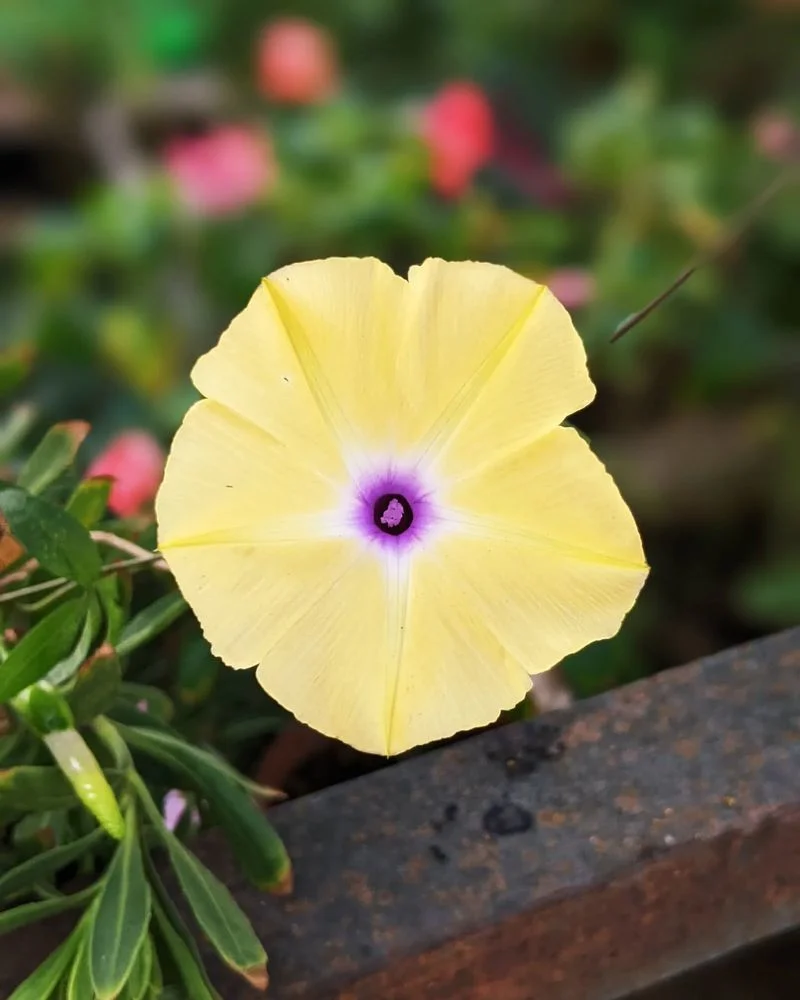
Ipomoea, or morning glory, greets each day with a burst of color. This climbing vine is celebrated for its vibrant trumpet-shaped flowers that bloom with the sunrise and close by afternoon. Perfect for trellises and fences, it adds vertical interest and a joyful burst of color to gardens. Originally from tropical regions, morning glories thrive in well-drained soil and full sun. Their ephemeral beauty is a daily reminder of nature’s cycles and the fleeting beauty of each moment.
Bat Flower
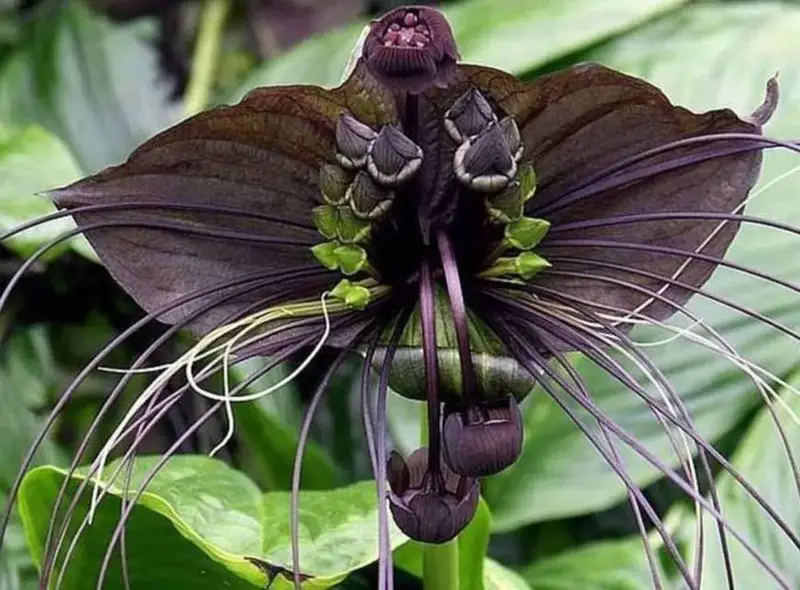
Tacca chantrieri, or bat flower, mystifies with its dark, wing-like petals and long whiskers, resembling a bat in flight. Native to Southeast Asia, this exotic plant thrives in humid, shaded environments, making it a unique addition to tropical gardens. Its otherworldly appearance is both eerie and enchanting, captivating those with a penchant for the unusual. Despite its ominous look, the bat flower is a symbol of mystery and fascination, drawing plant lovers to its dark allure.

